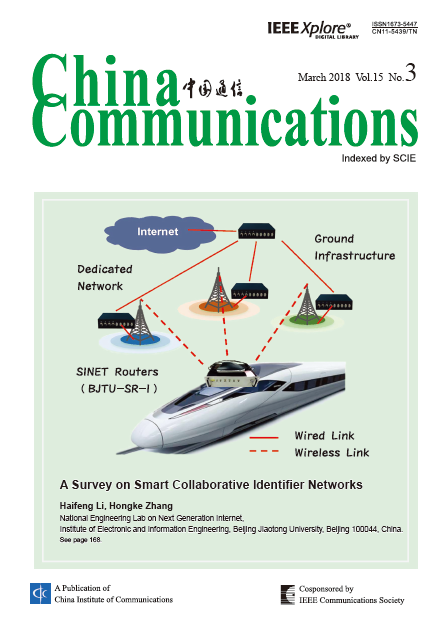COMMUNICATIONS SYSTEMS AND THEORIES
Junwei Zou, Peng Wang, Hong Luo
2018, 15(3): 78-90.
In the era of big data, government, business and personal digital information will be possible for data mining. Data mining requires massive data as a support. However, the direct release of the original mass data, which usually contain some sensitive information of personal or analysis, will result in leakage of user privacy. Therefore, it is becoming increasingly important to protect privacy information in data publishing. In this paper, we focus on the multi-type self-identified format-preserving encryption. First, we introduce a multi-type self-identified format-preserving encryption system and discuss the encryption of various types of data in this system. Then, for the format preserving encryption (FPE) about Chinese name, we study from the encryption model construction and basic encryption scheme. The format-preserving encryption model about Chinese name is constructed and the concept of the name library is presented. Based on this, it is used to not only limit the message space to reduce complexity, but also ensure the cipher in accordance with the Chinese naming habits. In addition, according to the encryption and decryption model, format-preserving encryption process of Chinese name is designed. In order to add new names, the algorithm of name space expansion is proposed. Based on the Prefix, this paper put forward an algorithm named Cycle-Prefix, which enhances the security and dynamics of FPE by using two adjustment factors and the circular encryption. Compared with the traditional Prefix algorithm, experiments show that Cycle-Prefix can not only complete the task of FPE for Chinese name, but also encrypt same plain text into different ciphers under the premise of similar efficiency with Prefix.
